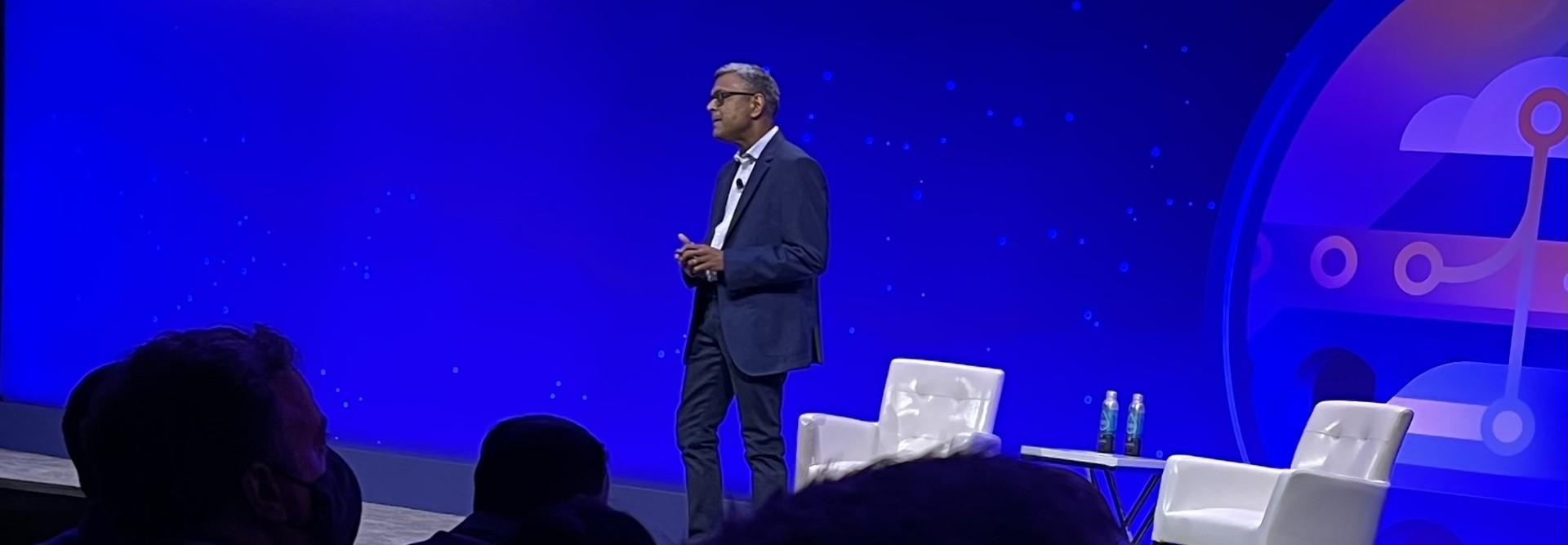Hybrid Work Demands Attention Be Paid to Resilience
“Organizations have to build resilience, more so from a psychological, mental fortitude standpoint, but they also have to build tremendous technology resilience, right? And to do that, you need a technology platform, you need the right set of technologies that enables that organizational transformation into this resilient workplace culture.” Iyer said.
The second thing that organizations must accept, he said, is that they have end users, especially younger workers, who want freedom of choice. His statement is borne out by McKinsey’s research, which notes, “When people have the chance to work flexibly, 87 percent of them take it. This dynamic is widespread across demographics, occupations, and geographies. The flexible working world was born of a frenzied reaction to a sudden crisis but has remained as a desirable job feature for millions.”
Iyer noted one more consideration for organizations seeking to support hybrid work. “Finally, it's important for them to preserve this creative culture. Many, many organizations thrive on innovation, creativity, and they have to not only preserve it, they have to enhance it in this new world.”
WATCH: Learn why it’s necessary to accommodate differing work styles in hybrid settings.
How Technology Can Help Build Resilient Hybrid Workplaces
Iyer believes that technology has the power to create more agile and flexible workspaces that will enable a work-from-anywhere environment, noting that 84 percent of customers deploying VMware workspaces are increasing their investments in automation. And while VMware workspaces already include some automation, Iyer said the company is looking ahead to the next generation, which it envisions as an autonomous workspace.
He explained that VMware thinks autonomous workspaces should incorporate data science, machine learning and classic AI technologies and must have three important characteristics:
- Self-Configuring: “The system uses a lot of context, a lot of data in the current state — whether that’s which users are using it, which apps, which devices — and automatically configures the workspace. “
- Self-Healing: “When there is a problem, like an app crashing, not only does it automate things, but it can actually do the remediation. By looking at conditions and looking at triggers, it can actually change some of the system conditions to heal that employee experience, problems such as potentially patching the app.”
- Self-Securing: “Depending on the context, you can apply the right policies to disable access, and it can do things that increase the security posture of that particular situation, depending again on the current context.”














